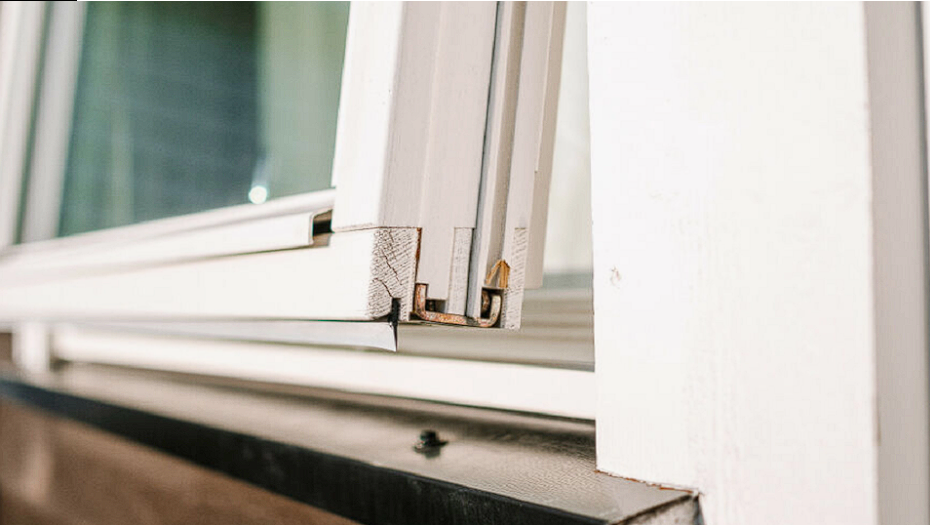Why you shouldn’t sleep with an open window.
Others are reading now
Many people find it comforting to sleep under a warm blanket while fresh, crisp air flows through the bedroom. However, have you ever considered the risks of moisture and dust mites?
Kai Gustavsen, the Indoor Climate Chief at Norway’s Asthma and Allergy Association, advises against sleeping with an open window, especially during colder seasons. Doing so can lead to condensation on the walls, creating a breeding ground for dust mites.
The risk of dust mites depends on the age and insulation of your house. But preventive measures can usually keep these pests at bay.
Also read
“Dust mites thrive best in colder, damp rooms with mold,” says Gustavsen. Many people who seek advice from the association have discovered mold and poor air quality in their homes, particularly in older rental properties.
Increased humidity in the home can also create favorable conditions for dust mites. According to the Asthma and Allergy Association, high heat and extreme cold can kill dust mites.
Dry heat at 50 degrees Celsius can kill dust mites in 20 minutes and their eggs within hours. On the other hand, moist heat kills them almost instantly. Therefore, washing bedding at 60 degrees is an effective way to eliminate them.
Ventilating your bedding outdoors in freezing temperatures is not very effective against dust mites, as it requires temperatures as low as -70 degrees to kill them. Signs of increased humidity or poor ventilation in the home include condensation on windows and peeling paint around window frames.
So, should you keep your home well-ventilated all day? The answer is no.
During winter, the cold outdoor air meeting the warm indoor air can lead to condensation in some areas of the home. Mold can usually be prevented by ensuring that furniture and beds have an air gap between them and the wall, preventing stagnant air.


